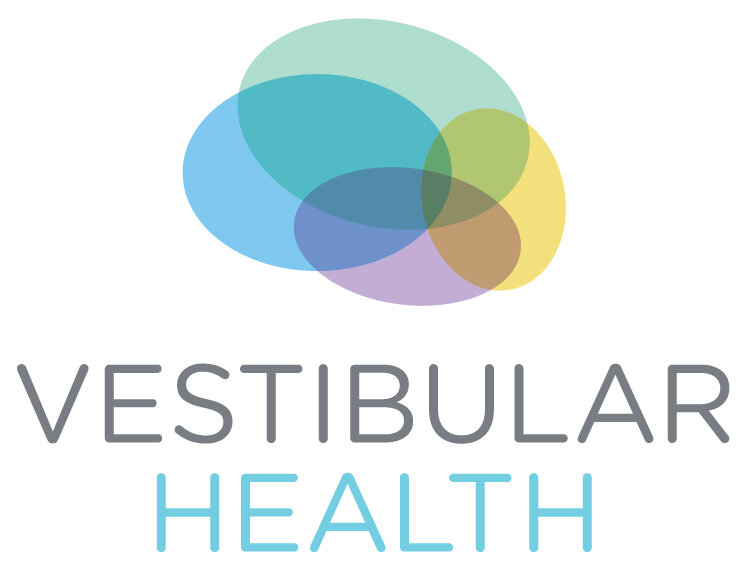Facial palsy: How to support your recovery in the early flaccid stages
Facial palsy (such as Bell’s palsy) can be a challenging condition, particularly in the early stages. During the 'flaccid stage', when facial muscles are weak and lack movement, it is crucial to understand how to support recovery effectively. Read on to learn more about common challenges, practical tips to manage these problems, and what to avoid in the initial stages of your recovery from facial palsy.
Common problems in the early flaccid stage of facial palsy
Weakness: Since there is no movement, your face may be twisted or pulled to the unaffected side. You will likely notice significant asymmetry when your face is relaxed at rest. You may feel a heaviness or sagging in the affected side of your face.
Eye problems: These are common! Your eye will likely appear larger and you will have difficulty blinking and closing your affected eye. This means it is hard to protect the eye from sun, wind and debris. Your eye may be very dry, or some people have excessive tearing.
Mouth problems: You may experience drooling, difficulty chewing, pocketing of food in your affected cheek, altered taste, and difficulty speaking (especially letters such like P, B, W, V and F).
Vestibular symptoms: The balance nerve (8th cranial nerve) runs very close to the facial nerve and if it is also affected you may experience dizziness and imbalance.
Hearing: Since the facial nerve supplies the stapedius muscle in the inner ear - this may lead to increased sensitivity to sound, called hyperacusis. In some cases, if the 8th nerve is involved you can have loss of hearing.
Managing the early stage of facial nerve palsy
✅ Consultation with a facial nerve physiotherapist is beneficial at this stage for education, however active and regular treatment will likely not start until you reach the paretic stage. There are things you can do to support your recovery at this stage.
✅ Start with Facial Massage
Helps maintain muscle tone and keeps the brain connected to facial muscles
Improves circulation to the muscles and keeps them supple
Prevents the brain from “forgetting” how to control the affected side
Helps to reduce the dominance of the unaffected side
✅ Eye care
Protect your eye at night - night masks, a neck buff, or products such as Press’n’Seal film can be helpful. Do not use patches that can contact the eye surface and damage it.
During the day - use preservative free lubricating drops, and enhanced eye protection such as moisture chamber glasses.
✅ Taping your face
Ask your physiotherapist about specific strategies to tape your face to provide support. This can help keep your face more symmetrical and reduce overactivity of your unaffected side. Tape on the cheek can improve comfort, enhance the clarity of your speech, and make eating and drinking easier.
✅ Tips for Eating
Taping your cheek on the affected side may help
Drinking from a straw on the unaffected side or using a thin lipped cup such as bone china mugs are much easier to use and form a seal around. Avoid water bottles.
Take small mouthfuls that are easy to control and chew on the unaffected side in the early stage. Avoid chewy or crumbly foods.
Keep napkins nearby!
Brush your teeth after meals to remove pocketed food and other particles.
Things to avoid in the early stage of facial nerve palsy
❌ Don’t Start Facial Movements Too Early - NO EXERCISE
No nerve connection means there is no movement. Trying to exercise and putting in too much effort will lead to increased strength of the unaffected side only. This can make the asymmetry worse and offers no benefit to the affected side.
Only begin movement practice if your face is more symmetrical at rest and you can see small consistent movements
❌ Avoid Electrical Stimulation
Acupuncture and electrical stimulation may delay nerve growth
Electrical stimulation may increase risk of future synkinesis - unwanted, overactive, abnormal face movements
Helpful resources from Facial Palsy UK - Flaccid paralysis self-help videos
Facial palsy recovery is a journey, and you don't have to go through it alone. Understanding the flaccid stage and implementing these strategies can make a significant difference. Taking the right steps now can influence your long-term recovery. For individualized support and a comprehensive assessment, book an appointment with our experienced facial nerve physical therapists.
